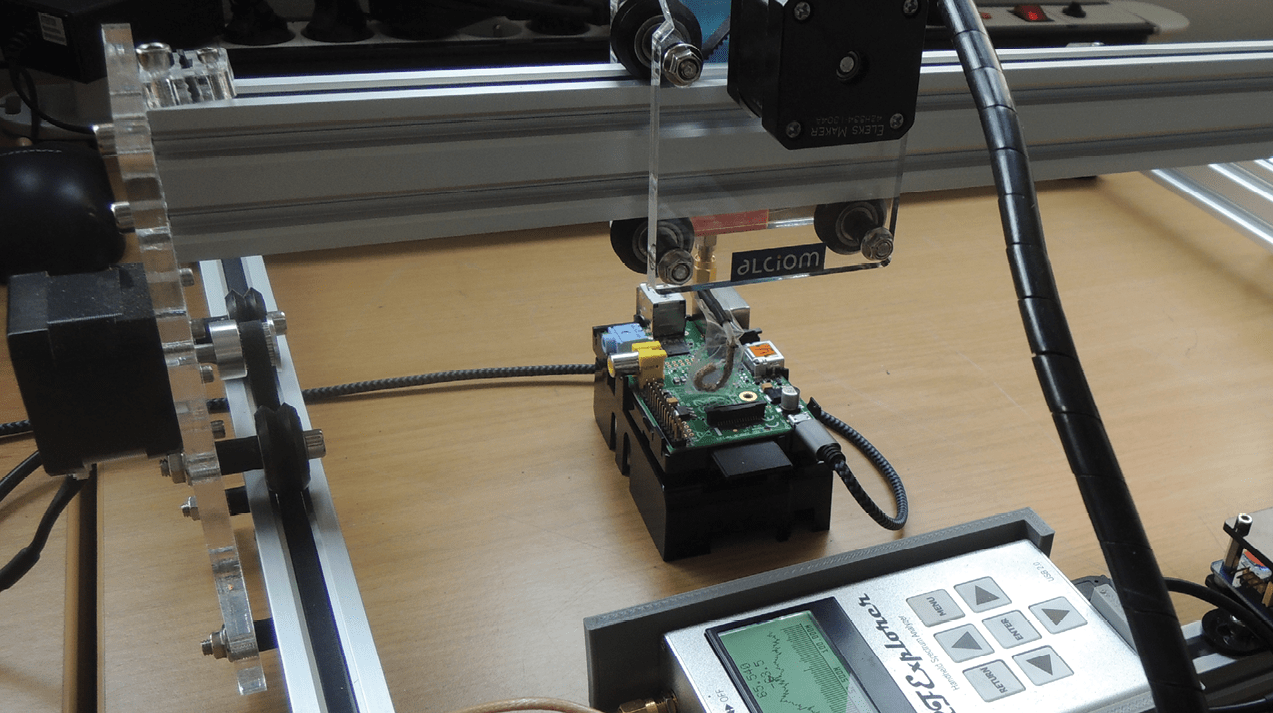This is a very informative youtube video about currents flowing and the return path.
And it shows what happens to the (return )current flowing in the ground plane when the groundplane is continous and when the ground plane is actually split up or has an interruption in the groundplane.
And how the resulting return current flows.
Pictures taken from TI (Texas Instruments), app note :
Picture A, DC to low frequency, current and return path.
Picture B, high frequency to very high frequency, current and return path.
Picture C & D. Groundplane with interruption.
For signals, you can use stitching capacitors or layer switching + stitching vias.
The use of stitching capacitors might also work for large currents but i do not know if anybody ever tried it and if it has any benefits EMC wise.


If you want to be a good pcb designer, this is required knowledge.
It is applicable to high speed signal design, like for example USB or PCI-express.
And very much applicable to smps design. SMPS stands for switched mode power supply. Just use search terms like "hot loops" in combination with smps.
Think Jim WIlliams, Bob Pease, Linear Technology(now Analog).
SMPS switch at very high speeds. And therefore, the return path is just as important as the supplying path. So the big NO-NO is to break up the Ground plane under a SMPS circuit when it comes to supplying current and also with the output current. Thus, never break up the ground return path or the supply path.
Always keep hotloops in mind. And keep the supply capacitors that provide the transient currents close to the package or the ringing and therefore the EMC disturbance will get out of hand and uncontrollable.
General youtube site from Ken Wyatt :
As a hint and a great tutorial about smps design , but also usable for class- D amplifier design, inverter design, motor driver design :
 www.robotroom.com
www.robotroom.com








